Teaching classic literature doesn’t have to be boring! These tips, lesson plans, and low-prep resources will help engage every student.
Does your required reading have even *you* yawning? Chances are your students are getting bored too. I’m here to help!
Should classic literature still be taught?
With only a few exceptions, my answer is yes! Or more accurately, “yes, and…” I absolutely believe classic literature still has a place in the Secondary ELA classroom, and I think we can make it even more impactful to our students by pairing it with other, modern texts.
Many teachers are working to diversify their curriculum to include more voices, and it’s been a big focus for me this year. I’ve been working with Dr. Sheila Frye (from Teaching Literacy) on a project called “Rethinking the Classics” to help teachers find supplemental texts and curriculum updates. So far we’ve covered, To Kill a Mockingbird, Shakespeare (resources for any play), The Giver, The Odyssey, The Outsiders, Romeo & Juliet, and The Great Gatsby, and we still have more to come.
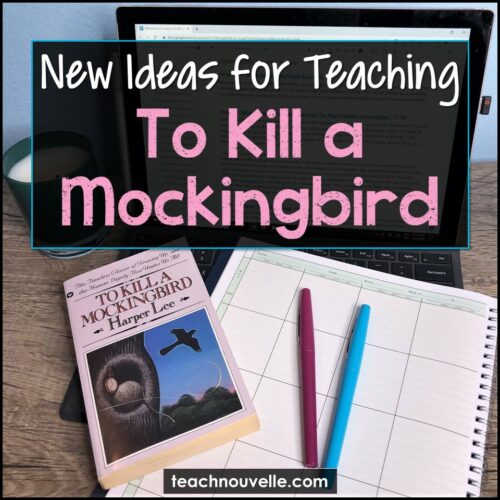
Teaching To Kill a Mockingbird
Spoiler alert; this post is about my rationale for NOT teaching TKaM, and replacing it with a book that centers Black voices and experiences. But don’t worry, if you’re still required to teach TKaM I have many ideas and supplemental texts for you.

Teaching The Great Gatsby: Building Background
This post contains ideas and resources for using nonfiction to enrich students’ learning of The Great Gatsby, and the roaring 20s era in general.
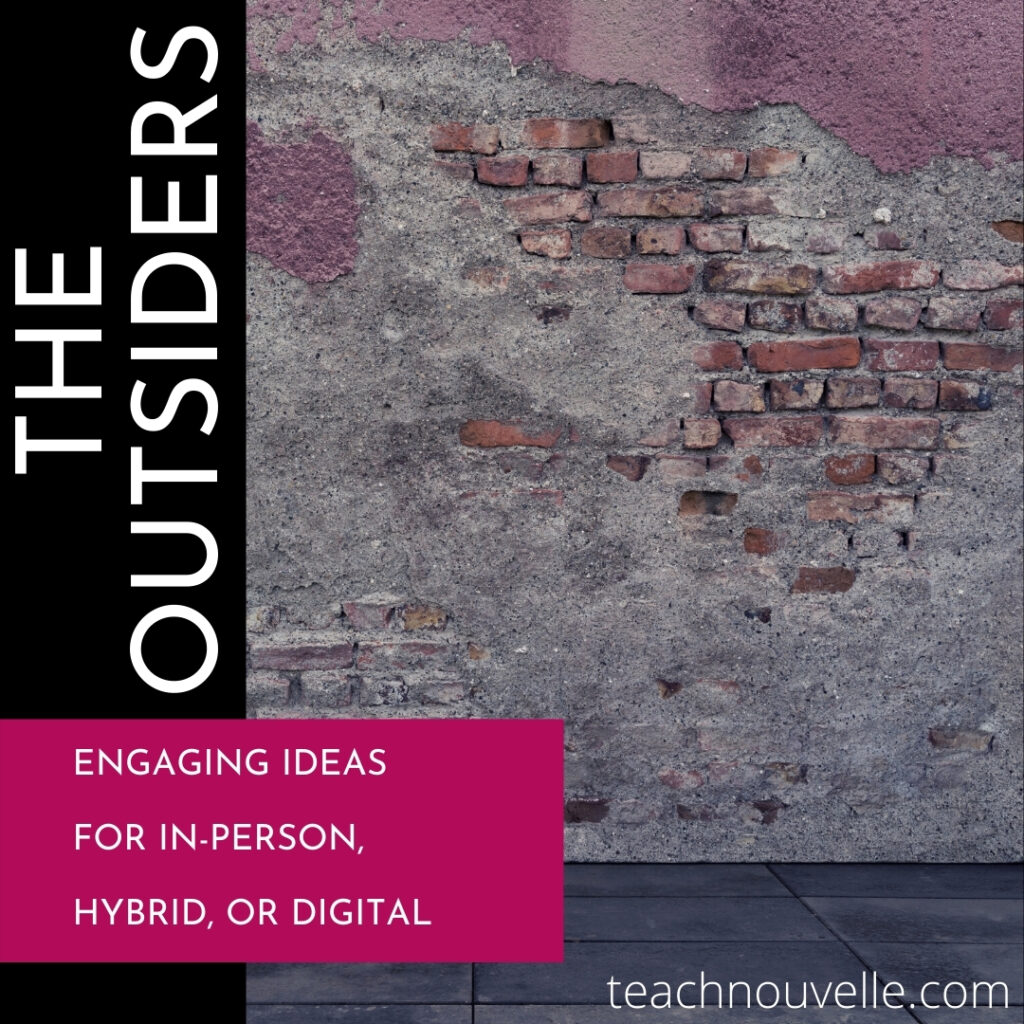
This classic novel has plenty of literary merits, but very little diversity. You can change that! In this post, you’ll find resources to help students understand and analyze themes in The Outsiders. Plus ways to bring in some more, diverse voices.

Teaching Romeo & Juliet
To me, it’s a timeless classic, but I know that many students struggle to connect with the story. Some students tell me it’s “corny” and “unrealistic.” Sometimes they’re thrown off by Shakespeare’s language. In this post, I share ways to make it more inclusive, engaging, and relatable to your students. And as a bonus, all these ideas will work for virtual, hybrid, or in-person learning.
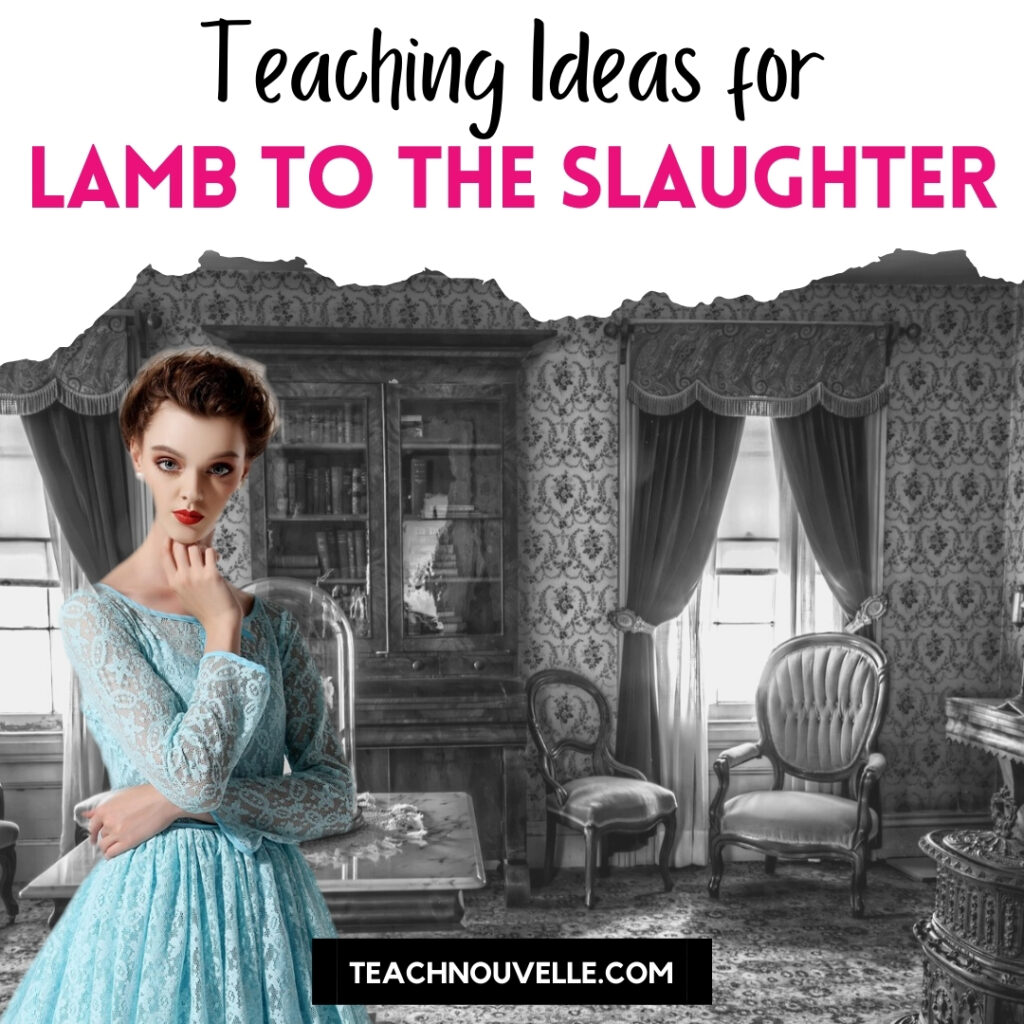
Teaching “Lamb to the Slaughter“
Usually, I’m all about finding contemporary short stories to teach in middle and high school. However, one classic short story my students absolutely adore is Roald Dahl’s “Lamb to the Slaughter.” In this post, I share some activities that were class favorites.
“Escape” the classics
I love teaching classic literature with escape rooms! Escape rooms are a great way to strengthen students’ executive functioning skills, and it’s a fun way to get students more invested in the text.
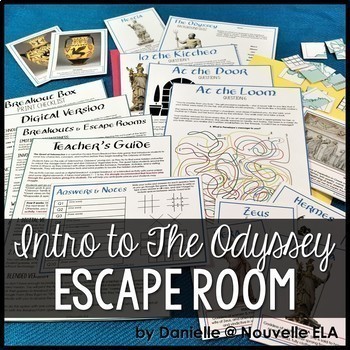
Introduction to the Odyssey Escape Room and Digital Breakout
This resource was completely redesigned in 2019 to include a digital version of the escape room, with stunning original art. Check out this blog post to learn about what’s new in the digital version, and watch a preview.
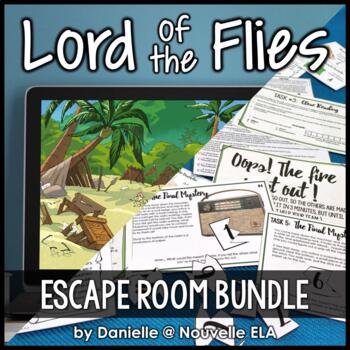
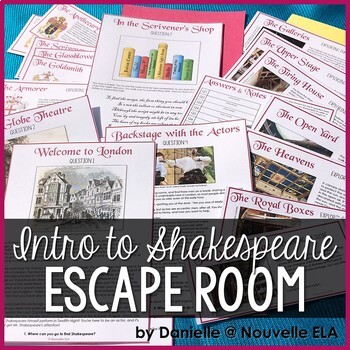
Introduction to Shakespeare Escape Room
This game is the perfect start to your Shakespeare unit! Students will learn critical background information about Shakespeare’s life and Elizabethan-era London. Best of all? This game comes with both paper and digital versions already included 🙂
More Shakespeare escape rooms:
My other escape rooms for teaching classic literature include:
P.S. Want to turn your favorite classic novel into an escape room? This template kit makes it easy!
Teaching classic literature during distance learning
Check out these posts on how to make teaching the classics like The Odyssey, The Great Gatsby, and The Giver easier during distance learning.
Why is this still important? Even though it seems that most of us will return to classroom learning in the fall, digital learning isn’t going anywhere. Many districts speculate that they will continue to utilize virtual classwork when students cannot join in person (sick days, sub plans, weather concerns, etc). I hope we never see another pandemic in our lifetimes, but we’ll still need to hang onto all those skills we learned from being thrown into e-learning during 2020.
Teaching Shakespeare in Secondary ELA
Blog post: Teaching Shakespeare w/David Rickert
This is an interview with an amazing teacher and artist, David Rickert. We talk about his comics, his process, and how they fit into the classroom.
Blog post: Teaching Shakespeare’s Language: Thou & You
Are your students getting stuck on those antiquated personal pronouns used in Shakespeare and other Elizabethan lit? This post will help!

Resource: Shakespeare in 30
Each play in this 16 part series has been adapted for teens to tackle in about a half an hour. These resources have been tested and performed with students in grades 6-12.
Each play has a different “take” on the original. Some have been abridged to focus on major characters and themes, some are adaptations or mash-ups, one is focused on stage combat, and one is a gender-bent version.
Blog post: Teaching Shakespeare’s Language
This blog post is a more general overview of how to introduce students to Shakespeare’s language, and activities to get them comfortable with it.
I also have a resource for teaching Shakespeare’s language with [interactive notebooks] 🙂
Blog post: Tips for Teaching Shakespeare
This post will be especially useful to anyone who’s doing a staged reading, or drama production of a Shakespeare play
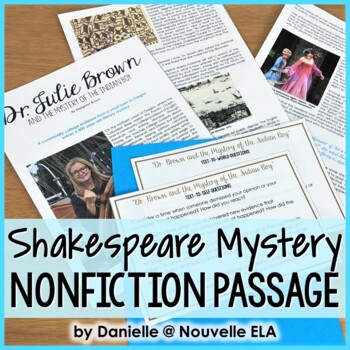
Resource: A Shakespearean Mystery (Nonfiction article)
This biographical feature describes how an American community college professor made a big discovery about Shakespeare’s A Midsummer Night’s Dream. Use this text to ignite student discussion about the continued impact of Shakespeare and the importance of inquiry. You can use this article with any Shakespeare play.
Blog post: Teaching Shakespeare in ESL
Shakespeare isn’t something we should reserve for Honors students. Teaching Shakespeare to ESL students with appropriate supports is key to making them feel like part of the academic conversation at your school.
Even more resources for teaching classic literature
Lamb to the Slaughter resources
Didn’t find what you were looking for? Comment below or reach on on IG if you need inspiration for the classic text you’re teaching and I’ll brainstorm with you 🙂
Happy teaching!

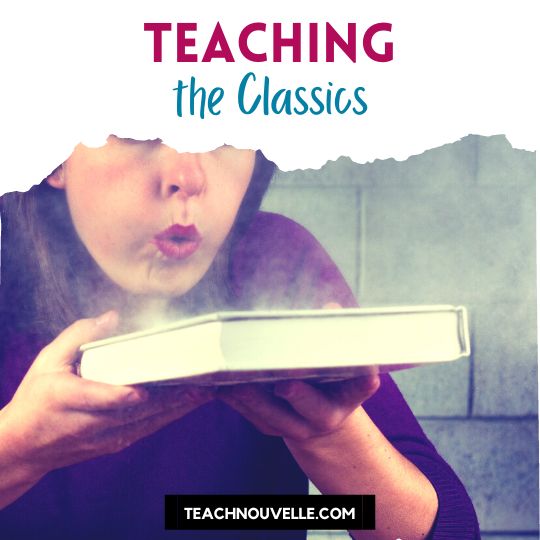
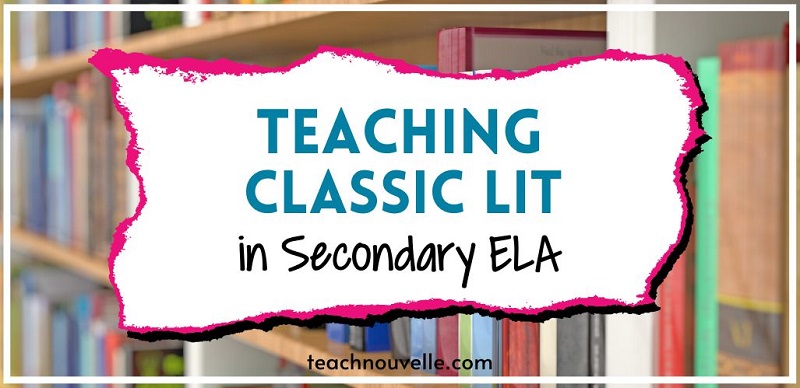
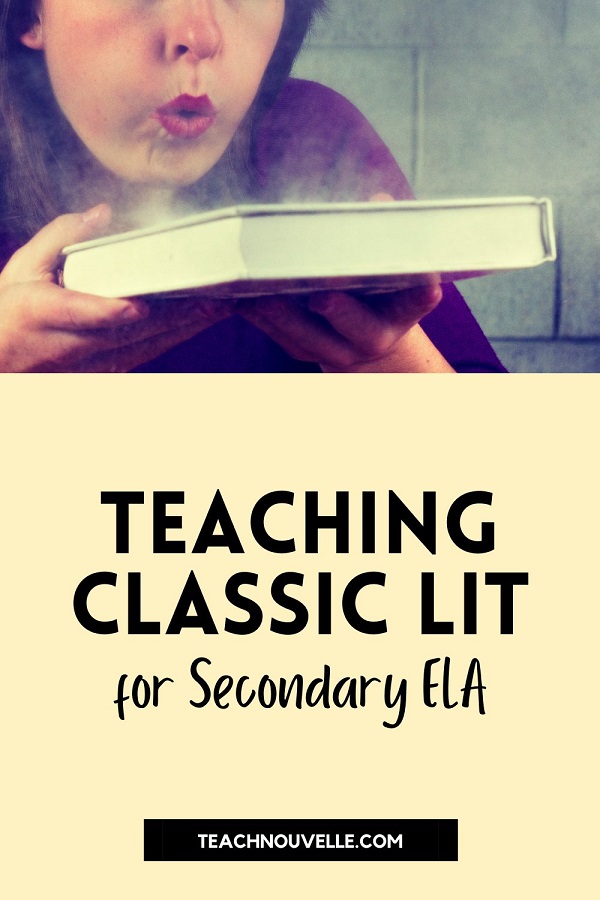
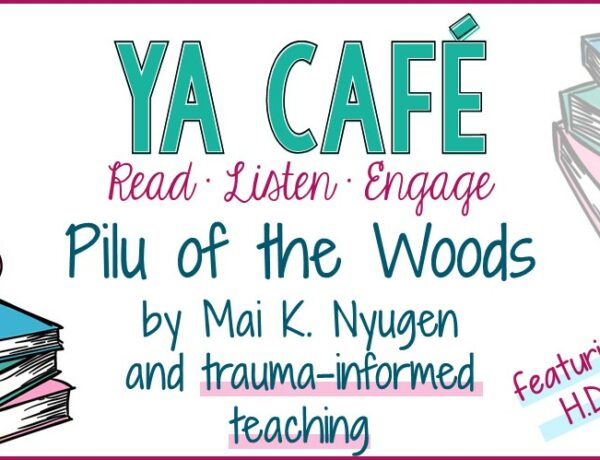
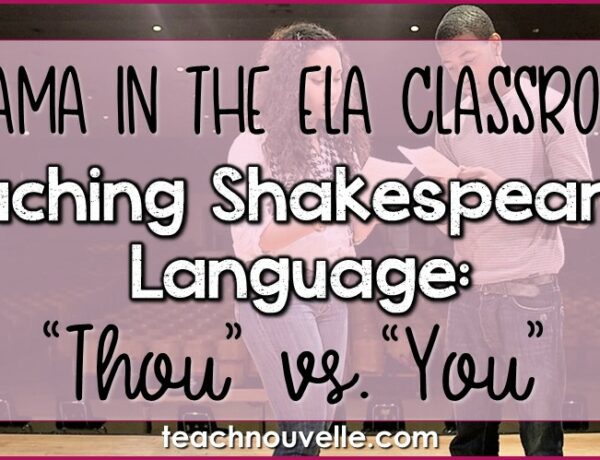
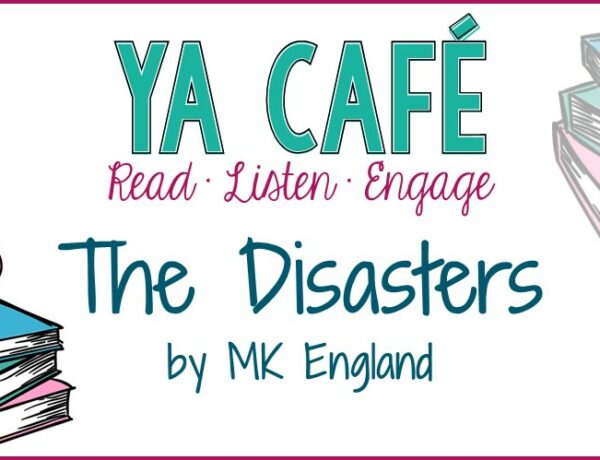
1 Comment
Amy Horsley
April 9, 2025 at 11:11 amHi! We are doing a classics book club unit in 7th grade. We are using Anne of Green Gables, All Quiet on the Western Front, The Adventures of Sherlock Holmes, The Hobbit, and Peter Pan. Do you have a generic plan for any classic novel? We are doing this unit to expose the 7th graders to classic literature to prepare them for 8th grade Honors where they will read To Kill a Mockingbird, and they will read several classics in high school. Thaks!